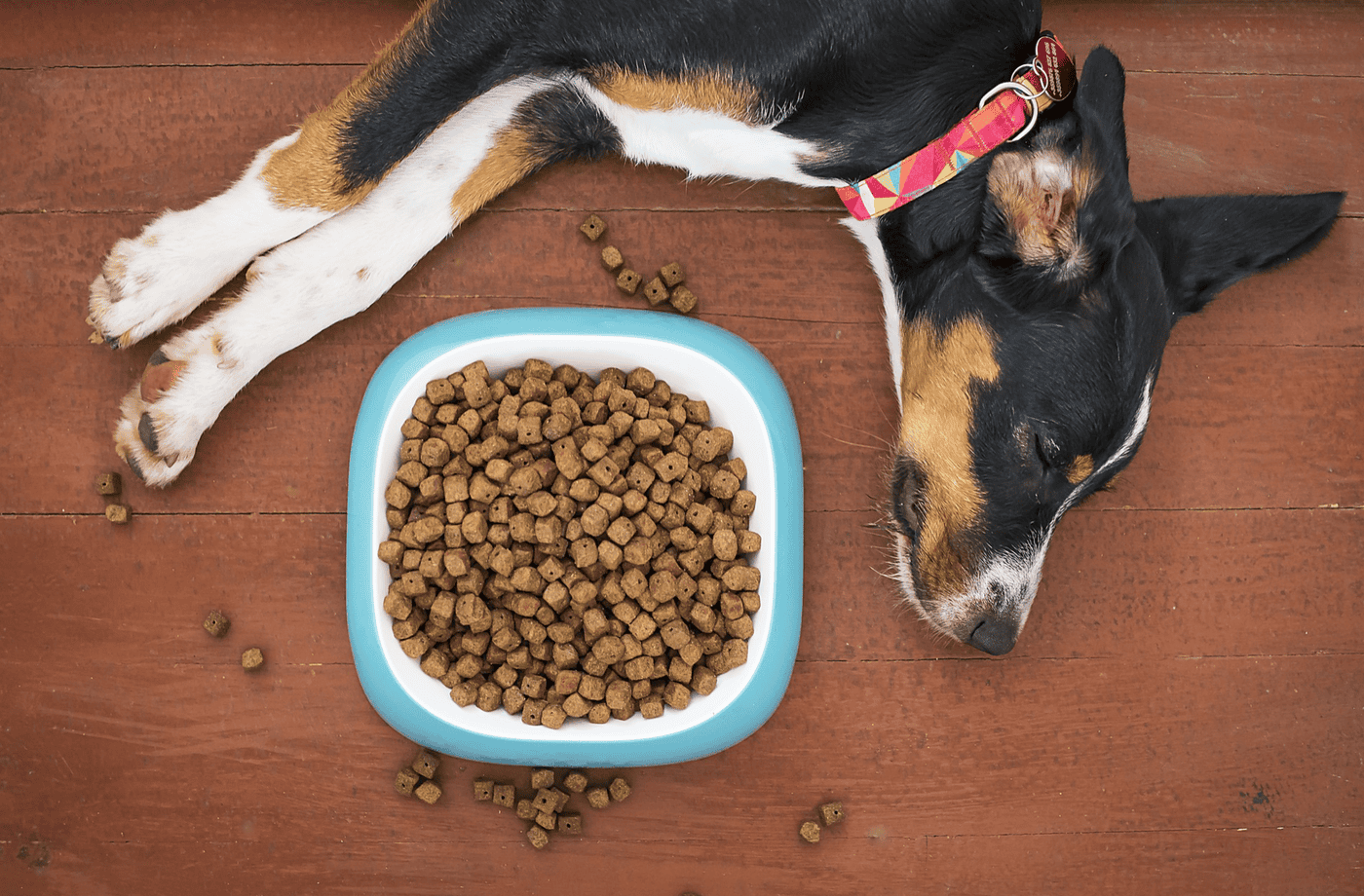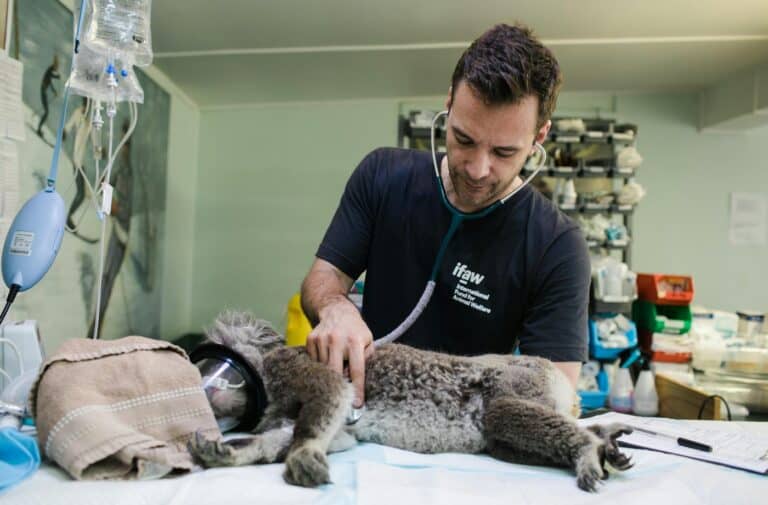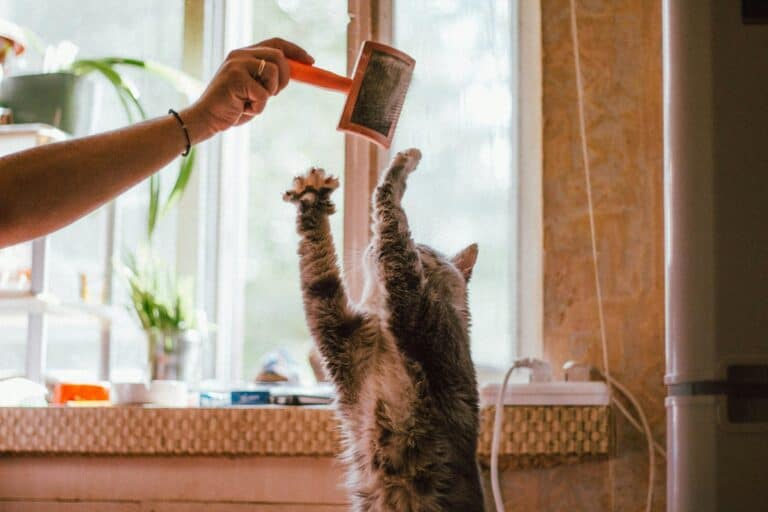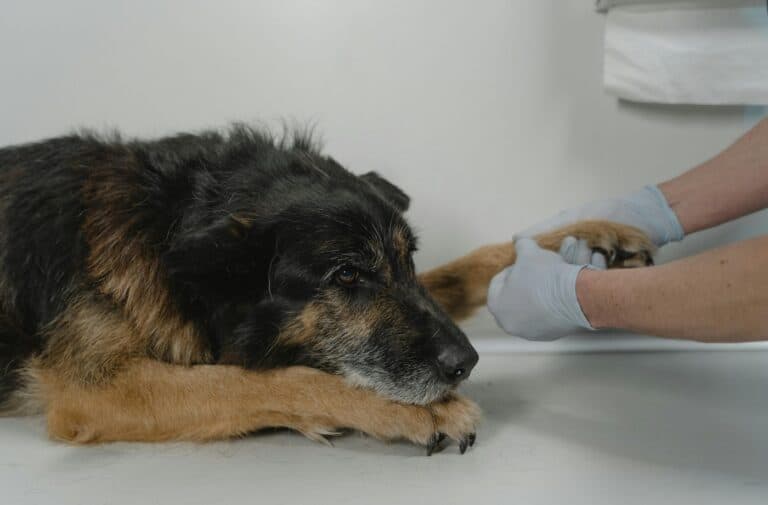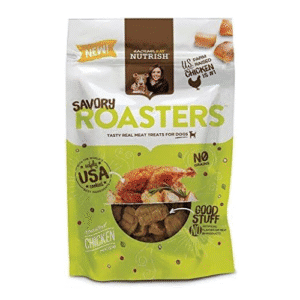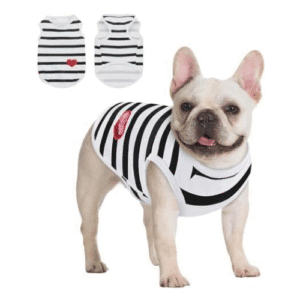Many pet parents don’t know about the everyday items found around the house that can threaten their furry family members. 10 everyday household items are dangerous to pets. As much as we try to keep our homes loving and safe, it’s a fact that commonplace objects—chocolate, sugar-free gum, a houseplant, even essential oils—can be harmful. Inadvertent exposure can occur in a heartbeat, and the symptoms of poisoning or injury can present themselves when you least expect it.
Knowing what’s dangerous helps you catch symptoms early, keep your pet safer, and prevent emergencies. In this post, you’ll discover which household items to watch, what warning signs to look for, and crafty tips for selling unhealthy products for pet-safe options. Now, let’s see to it that your home isn’t just comfortable but safe for every family member, paws included.
Hidden Dangers: Human Foods That Can Harm Pets
When your furry friend sits, stares, and drools for a bite from your plate, it may be easy to give in to those puppy-dog eyes and sneak them a table scrap or nibble of your snack. Many safe foods for people are not safe for cats and dogs and can even be poisonous or fatal. The sooner you can identify an issue and know the top offenders and their symptoms, the better you can work at keeping your pets safe.
Chocolate, Grapes, and Raisins: Severe Toxic Effects Explained
It might not sound harmful, but it’s the culprit in thousands of emergency vet visits annually. Chocolate has theobromine and caffeine, stimulants that get pets all revved up, and can cause:
- Vomiting and diarrhea
- Rapid breathing or panting
- Increased heart rate
- Muscle tremors and seizures
Even a small amount of dark or baker’s chocolate can be fatal, especially for dogs and cats. Veterinary attention is required immediately, as symptoms can rapidly progress from mild to fatal. Grapes and raisins can be especially toxic to dogs, often resulting in acute kidney failure—a few can even trigger symptoms, including:
- Lethargy and weakness
- Loss of appetite
- Vomiting, often within hours of ingestion
- Increased thirst or urination, followed by decreased output
There has never been a safe dose of grapes or raisins that has been established for dogs, so stay away. If your pet ingests any of these foods, time is of the essence — call your veterinarian immediately. Factors of species, size, and individual variance count, but no pet is entirely in the clear when it comes to chocolate, grapes, and raisins. Learn more about those risks and what to do if exposure occurs with Grape, Raisin, and Currant Poisoning in Dogs.
Xylitol, Alcohol, and Bread Dough: Unexpected Household Threats
Sugar-free treats, the alcohol you squirreled away, the bread that’s rising, these don’t seem dangerous — but they can be silent household hazards. The sugar substitute xylitol, found in gum, peanut butter, and some baked goods, causes a rapid and dangerous drop in blood sugar, hypoglycemia, in dogs. These symptoms in pets can occur within 10-30 minutes:
- Vomiting
- Loss of coordination
- Seizures
- Possible liver failure
Symptoms appear quickly and are often fatal. Conduct routine ingredient-label checks, and stash sugar-free snacks out of your pet’s reach. Read more about these dangers and signs of Xylitol Poisoning in Dogs. Alcohol can be poisonous to pets, even in small amounts. Symptoms include stupor, vomiting, loss of coordination, and very low body temperature. Emergency care is required if your pet steals a sip of beer or licks up spilled drinks.
Raw bread dough carries risk, as well. The yeast in dough keeps rising in a pet’s warm stomach, creating painful bloating. Upon fermentation, the yeast generates ethanol (alcohol) and causes ethanol poisoning. Look out for unproductive vomiting, a distended belly, and sudden behavior change—signs that your pet may need emergency care.
Onions, Garlic, and Macadamia Nuts: Subtle Yet Deadly Risks
Not all hazards immediately catch you. Some foods trigger a slow, sneaky reaction that is equally severe. Onions and garlic in cats and dogs cause red blood cell damage, causing hemolytic anemia. This effect can be cumulative and build up over time, even with low repeated exposure. Symptoms include:
- Weakness
- Pale gums
- Rapid heart rate
- Labored breathing
Macadamia nuts induce a separate set of frightening symptoms in dogs, which include vomiting, fever, tremors, and muscle weakness. Although symptoms can emerge within 12 hours, scientists and vets are still puzzled by what triggers this response.
They can harm your pet’s gut, nervous system, or entire blood system. That’s why kitchen safety doesn’t just involve keeping knives out of paws’ reach: It means stowing ingredients high and out of sight and wiping up spills immediately. For a complete list of risky foods, visit People Foods to Avoid Feeding Your Pets.
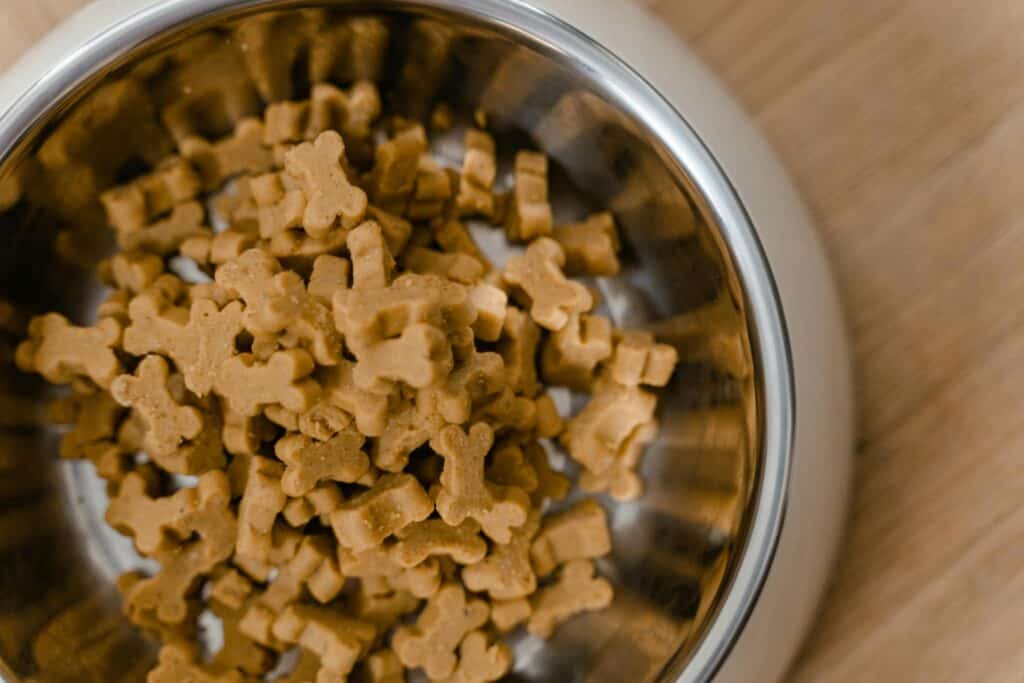
Medications and Supplements: Prescription Hazards in Plain Sight
Pills, capsules, and even those innocent-seeming vitamin bottles are everywhere, from kitchen counters to nightstands. We might think nothing of leaving these items in easy reach, but they can be a quiet risk for pets. What’s good inside the human body can be poison to animals. Read on for the breakdown on why both medications and supplements are anything but safe when curious cats and dogs check them out.
Over-the-Counter and Prescription Medications: Serious Consequences for Curious Pets
If you’ve ever lived with an intelligent, food-motivated dog or a counter-hopping cat, you know how quickly pets can snatch a dropped pill. The trouble? The way animals process drugs is entirely different from that of humans. What may be a safe dose for you could result in a deadly poisoning for your pet.
Common culprits include:
- Ibuprofen and acetaminophen (the main ingredients in Advil and Tylenol): Even small doses can cause stomach ulcers, kidney failure, liver damage, or death in dogs and cats.
- Antidepressants: Drugs like fluoxetine or sertraline may trigger agitation, tremors, seizures, or heart rhythm problems if ingested by pets.
- Heart medications: Pills meant for people can send a pet’s heartbeat spiraling out of control, leading to collapse or fatal arrhythmias.
Cats are particularly easily affected. Their livers aren’t able to clear drugs as effectively as our own. Even half a tablet of acetaminophen itself can lead to devastating effects, severe swelling, and potentially death in cats. Dogs carry their own risk — NSAIDs can result in bleeding ulcers seemingly out of nowhere.
If your pet eats a medication, symptoms you may see include:
- Vomiting or diarrhea
- Drooling
- Lethargy or weakness
- Seizures or twitching
- Collapse
Misguided pet poison emergencies from human meds are much more common than you think. Misguided pet poison emergencies from human meds are much more common than you think. The Oregon Veterinary Medical Association cautions that even herbal and over-the-counter treatments can poison pets — they metabolize drugs much differently than we do. For more information, the AVMA offers a thorough look at household hazards and medication dangers.
 Photo by Mikhail Nilov
Photo by Mikhail Nilov
Herbal and Vitamin Supplements: Not Always Safe for Animals
Wellness trends have filled our homes with supplements — from multivitamins to high-concept herbal blends. But just because something is “natural” doesn’t make it automatically safe for pets.
Popular supplements like:
- Iron pills and multivitamins: Iron can quickly damage a pet’s digestive system, liver, and heart. Small breeds and cats are most at risk.
- Vitamin D: Even tiny amounts can be toxic to animals, causing vomiting, loss of appetite, muscle tremors, and dangerously high calcium levels. Overexposure may even lead to kidney failure. For more details about vitamin dangers, check this ASPCA piece on dangerous supplements and vitamins for pets.
- Herbal remedies: Things like garlic pills, certain essential oils, or herbal sleep aids may trigger vomiting, nervous system problems, or destroy red blood cells, especially in cats.
With so many households consuming more supplements, accidental poisonings are also on the rise. Symptoms are not always dramatic; they may take the form of subtle signs, such as drooling or weakness, or changes in an animal’s appetite. If you take supplements, keep them out of the reach of pets and the range of their inquisitive paws.
For more general information, the Merck Veterinary Manual provides a good overview of the toxic effects of multivitamins and iron on companion animals. Knowing about these risks can make all the difference since it doesn’t take a lot of exposure to make pets very ill.
Keep your medicine and supplement bottles locked up. A sniff, lick, or chomp can turn a routine pill into a pet emergency.

